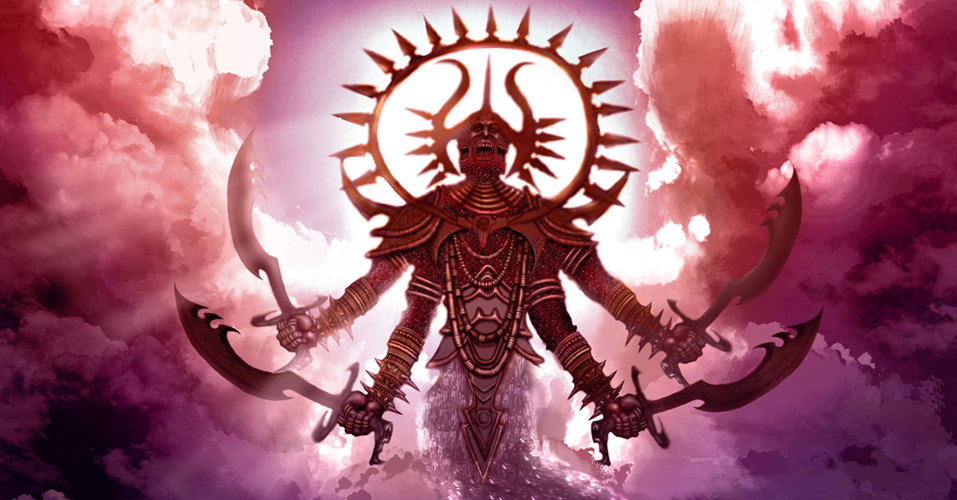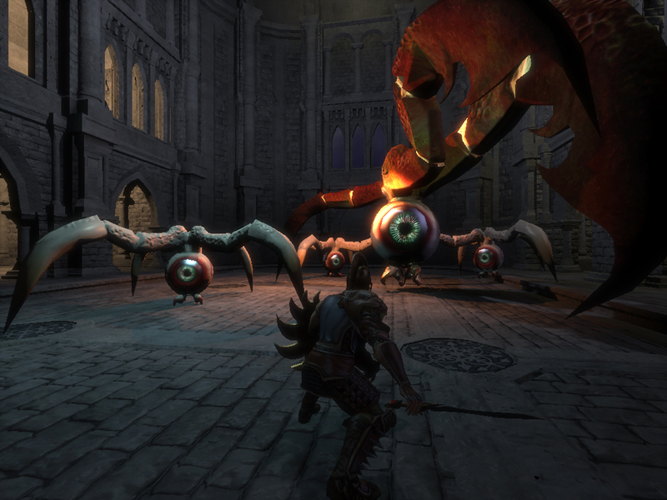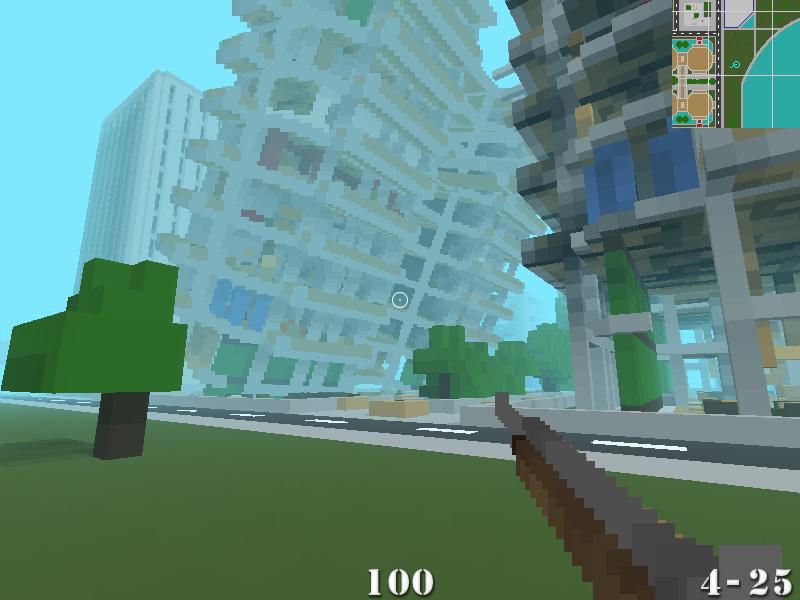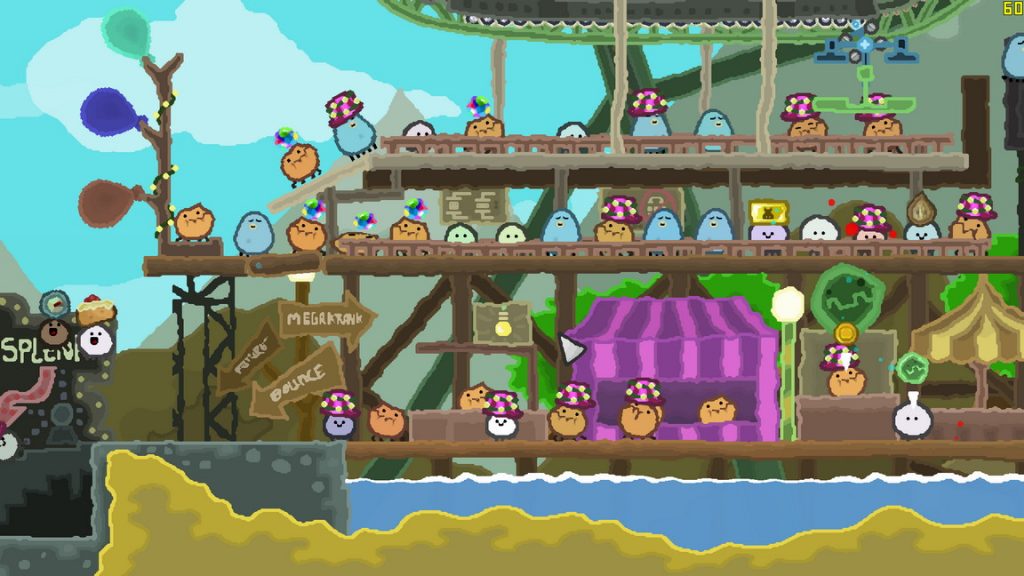Djinn is a cancelled action RPG planned initially for PC and later also for Xbox 360 and Playstation 3. The project was in development by Castaway Entertainment, a talented team founded in 2003 by former developers who left Blizzard North, some of which were previously working on the cancelled version of Diablo 3. Djinn was quite hyped at the time because of its connection with the Diablo series and many RPG fans were eager to see more from the game, promising hundreds of hours of adventure, exploration and rare loot. Unfortunately before its cancellation not much was ever revealed about Djinn, its gameplay mechanics or plot, but thanks to the finding of its pitch document we can now learn more about this ambitious project.

Castaway wanted to create an innovative role playing game with a story told in real time, while players were actively exploring its world and listening to the protagonist’s comrates. This team of characters following the protagonist could have been similar to the “pawn” system used many years later in Dragon’s Dogma, but with heavy interconnections with the main storyline:
“The idea of a next-generation, greatly upgraded Diablo II on console forms the basis of the concept and marketing strategy for our newest game, Djinn. Djinn is a real-time 3D action roleplaying game of heroic risks in an island world of ancient mythical beings and forbidden magic. With non-stop pacing unfettered by text dialog choices, and featuring larger than life ruins, temples, and legendary creatures, Djinn reveals a real time story told not by signpost NPCs but by your very traveling companions”
“Our unique twist on companions is the Crew concept. The crew members are intriguing, multi-purpose characters who are also lesser heroes in their own right, much like the Argonauts (the Greek heroes who made up the crew of Jason’s ship Argo). They can be added or removed at any time to the questing party, and each one has unique powers that the player will enjoy experimenting with. In combination, crew members may reveal additional abilities.”
Djinn’s gameplay would have been inspired by many more games other than the popular Diablo 2, adding physics-based combat and environment interaction, plus a series of “cards” that could change the game’s world and how players could interact and fight in this world. We could imagine it as an ambitious mix between Psi-Ops, Phantom Dust, Baten Kaitos and Hand of Fate:
“Djinn combines Diablo II quality, item collection, tactical equipment and skill choices, and dynamic, user-friendly combat; Phantom Dust playfield interaction and destruction; Psi-Ops physics-based combat; Ratchet and Clank: Up Your Arsenal’s varied attacks and situational awareness; and Magic: The Gathering’s highly addictive collectible and customizable booster packs.”
“We will be showing off our combat moves, interactive environments and highly vertical levels using advanced physics. Players will be able to do many things with our physics engine, including: Push victims off ledges or slam them into spikes; Drop objects onto targets far below; Knock over pillars and break platforms, in order to damage opponents; Knock back enemies who fall down with rag doll physics; Create “domino” effects where one object knocks into another.”

“Djinn is designed to be a modular system that allows the player to make significant changes to their own game play experience. A player may alter their character’s skills, reconfigure their quests, select their companions, and even make changes to the world itself. These modifiers are contained in virtual “cards” that the player may collect, trade, buy, or sell with other players. “Cards” are currently being used as a metaphor for a system of tokens that can be applied within the game. The final game pieces will most likely take the form of artifacts or scrolls, not tarot or playing cards. Regardless of how the player wishes to manage their cards, everyone begins with a basic set (a virtual deck) that contains five types of cards: Skill Cards, Hero Cards, Quest Cards, World Cards, and Crew Cards. By playing combinations of these five types, the player is able to explore different locales over and over with very different experiences.”

![Djinn (Castaway Entertainment) [PC, Xbox 360, PS3 – Cancelled] Djinn (Castaway Entertainment) [PC, Xbox 360, PS3 – Cancelled]](https://www.unseen64.net/wp-content/uploads/2017/01/djin-cancelled-videogame-670x300.jpg)

![Chroma (by Harmonix) [PC – Alpha / Cancelled] Chroma (by Harmonix) [PC – Alpha / Cancelled]](https://www.unseen64.net/wp-content/uploads/2016/11/chroma-harmonix-music-fps-cancelled-alpha-01-670x300.jpg)
